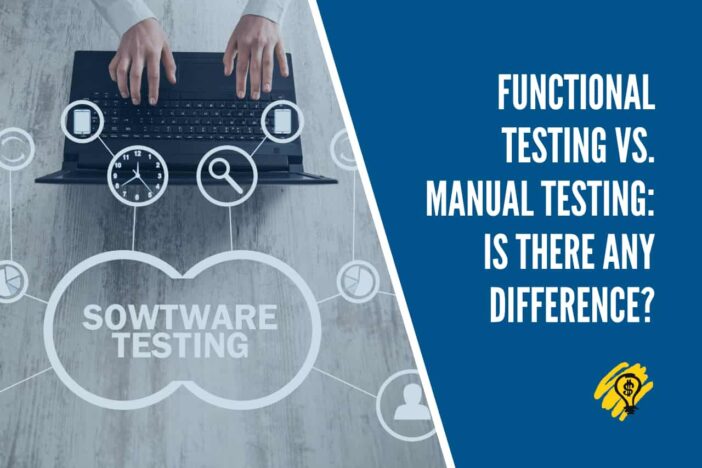U-TOR sees a lot of confusion about what the difference is between functional testing and testing that is done by hand. Both of these terms are important for making sure that quality is high.
A common question among developers is whether they should perform Functional or Manual Testing. While there is no one correct answer, this article helps you understand the difference between these two kinds of testing and what each one can offer.
This blog post will explain the difference between functional testing and manual testing, as well as the meanings of both of these terms.
Does Functional Testing Mean the Same Thing as Manual Testing?
No, functional testing is not the same as testing that is manual.
It is a type of testing that helps testers make sure that an application meets the requirements for how it works. These tests can be run in two different ways:
- Manual testing (done by humans)
- Tests of automation (done by machines)
Both manual testing and testing that is done automatically are used to run functional tests.
Now that we’ve talked about the main differences between functional and manual testing, let’s go into more detail about each term and give some examples.
Manual testing is a type of testing that can be used for both functional and non-functional testing. Functional testing and manual testing are not the same, as I’ve already said. In manual testing, we test the software by hand, meaning that we don’t use any tools that help with automation.
In web functional testing, there are many ways to check how well the software works, such as unit testing, integration testing, end-to-end testing, regression testing, and more (detailed later in this post). Most of the time, performance testing, security testing, usability testing, and compatibility testing are all part of non-functional testing. We can test by hand or with the help of tools that do the work for us.
What Does Mean Functional Testing?
Functional testing is a type of testing that helps the testers make sure that the software system meets the functional requirements or specifications.
In this type of testing, we check all of the software’s functions, such as all of the web page links and form inputs. We also make sure that a given input leads to the expected output, and we compare the results to the requirements.
The testing looks at the user interface, application programming interfaces (APIs), database, security, Client/Server communication, and other parts of an application to make sure they work. The testing can be done by hand or with tools that do it automatically.
The main goal of this type of testing is to make sure that the application functions work as expected.
Functional testing focuses mostly on the following things:
- Functional: Making sure that an app’s main features work as expected.
- Usability is the test of how easy it is for a user to move around in an app without getting stuck.
- Accessibility: Testing how easy it is for users to use the app.
- Handling errors: testing for error conditions and making sure that the right error messages are shown.
Here is a list of some of the most popular tools that help automate these tests:
- Selenium is a well-known open-source tool for functional testing.
- QTP is a functional test tool made by HP that is easy to use.
- JUnit is used mostly for Unit Testing and System Testing of Java applications
- SoapUI is an open-source tool for functional testing that is mostly used for testing Web services. It works with several protocols, like HTTP, SOAP, and JDBC.
- Watir is a tool for making sure that web apps work properly. It lets you run tests in your web browser and uses the scripting language ruby.
Here’s a list of functional testing methods:
- Unit Testing
- Smoke Testing
- Sanity Testing
- Integration Testing
- White-box testing
- Black Box testing
- User Acceptance testing
- Regression Testing
What Does Manual Testing Mean?
Manual testing is testing that is done by hand by a person to look for bugs or strange things in an application. Testers follow a written test plan that explains the set of scenarios and steps they need to take to run tests and make sure the results match what was expected.
Functional testing also looks at how well the application works from the end user’s point of view. We need to compare how the application actually works to how it should work, and any difference should be reported as a bug.
During manual testing, we have to test the app as if we were the end user. We have to put ourselves in the shoes of the customer and make a list of all the problems, UI/UX flaws, design improvements, and ways we can make the end-experience user’s better.
Software testing depends a lot on testing that is done by hand. Before automating a project, it needs to be tested by hand in some way.





